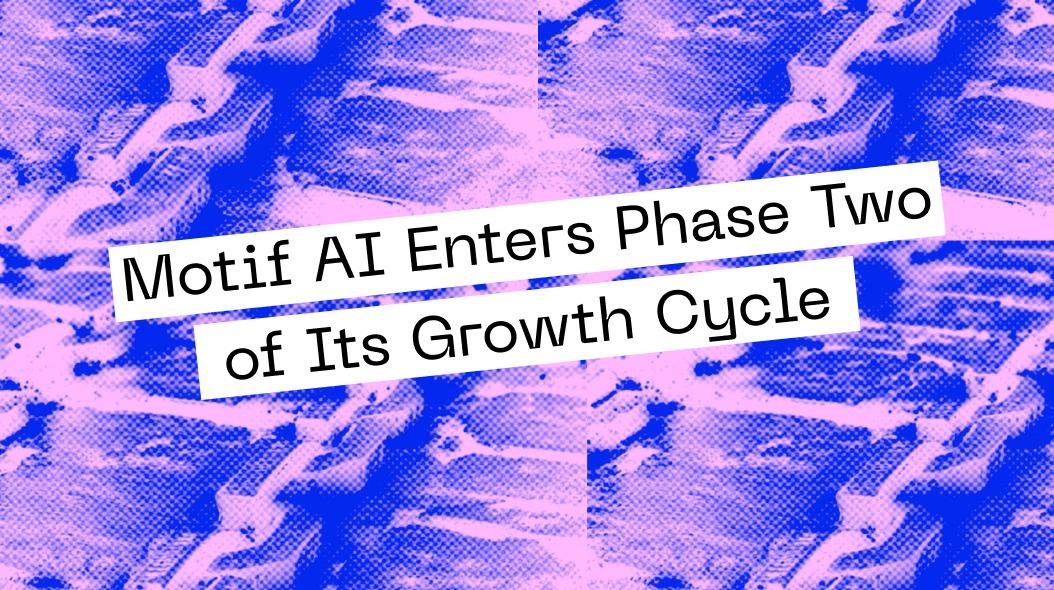
The Federal Reserve on Wednesday announced its first interest rate cut of 2025, and the central bank hinted at two more coming before the year’s end.
While this is welcome news for borrowers, it’s not so good news for savers. Since banks look to the Fed’s benchmark rate when setting their own interest rates for consumers, this means that the returns on savings accounts will start trickling down, too.
But even though the return on my high-yield savings account will likely go down, I plan on keeping it open. Here’s why.
Why I’m keeping my high-yield savings account
People often flock to high-yield savings accounts in a rising-rate environment. Though that’s not the case today, I can still make a case for keeping my account.
A high-yield savings rate still beats traditional savings’ rates
The national average savings rate, at the time of writing, sits at 0.40%. This is significantly lower than what high-yield savings accounts earn today, which is around 4% APY. If I have a savings account, it’s going to be one where I maximize my return. Even if high-yield rates go down, they still outpace traditional savings account rates, several times over.
There’s no cap to earning the high APY with the Western Alliance Bank High-Yield Savings Account and it requires just a $1 minimum deposit to open, plus there are zero monthly fees.
Western Alliance Bank High-Yield Savings Account
Western Alliance Bank is a Member FDIC.
Annual Percentage Yield (APY)
4.25% APY
Minimum balance
$1 minimum deposit
Monthly fee
None
Maximum transactions
Up to 6 transactions each month
Excessive transactions fee
The bank may charge fees for non-sufficient funds
Overdraft fee
No overdraft fee
Offer checking account?
No
Offer ATM card?
No
Terms apply.
Pros
Strong APY
Low minimum deposit required
No monthly fees
Cons
Bank may charge non-sufficient funds
Doesn’t offer checking account or ATM access
Accounts are opened and managed on Raisin.com
I’m not paying any fees
My high-yield savings account costs me nothing. I simply deposit money into it regularly and watch my balance grow over time — even if that’s at a slower rate now than before, it’s still growing.
You can easily find online savings accounts that charge zero fees since they don’t have to make up for the overhead costs that brick-and-mortar savings accounts do. With traditional savings accounts, you often have to pay up to $10 per month, or meet certain conditions like maintaining a minimum balance.
The LendingClub LevelUp Savings offers a competitive high-yield rate, along with no monthly fees or minimum balance requirements. It also offers a free ATM card and never charges any ATM fees.
LendingClub LevelUp Savings Account
LendingClub Bank, N.A., Member FDIC
Annual Percentage Yield (APY)
4.20% (with monthly deposits of at least $250), or 3.20%
Minimum balance
None
Monthly fee
None
Maximum transactions
See terms.
Excessive transactions fee
None
Overdraft fees
N/A
Offer checking account?
Yes
Offer ATM card?
Yes
Terms apply.
Pros
Strong APY
No minimum balance required
No monthly fees
Free ATM card and no ATM fees
Cons
At least a $250 monthly deposit required to earn the highest APY
No physical branch locations
LendingClub offers a variety of products, including savings accounts and CDs.
Offers in this section are from affiliate partners and selected based on a combination of engagement, product relevance, compensation, and consistent availability.
Annual Percentage Yield (APY)
4.20% (with monthly deposits of at least $250), or 3.20%
Minimum balance
None
Monthly fee
None
LEARN MORE
LendingClub Bank, N.A., Member FDIC
Terms apply.
Annual Percentage Yield (APY)
From 3.40% to 4.25% APY
Terms
From 6 months to 5 years
Minimum deposit
$500
LEARN MORE
LendingClub Bank, N.A., Member FDIC
Terms apply.
My money is safe
High-yield savings accounts are FDIC-insured, which means deposits are protected up to $250,000. In the rare instance that my bank would go under, this means I’d get all of my savings back (since I’m under that $250,000 cap).
Regardless of whether my savings rate moves up or down, I rest easy knowing that the money in my high-yield savings account is safe and will be there when I need it.
I won’t miss out when rates go up again
We may be in a rate-cutting environment now, but soon enough that will level out. Just look at the past five-plus years: the Fed sharply cut its benchmark rate, raising it again when the economy was more stable and is now back to lowering.
Keeping my high-yield savings account means that I won’t have to make any big moves when rates go up again. I’ll already have my money in a good place where it will immediately benefit.
High-yield savings account FAQs
What is a high-yield savings account?
A high-yield savings account is a savings account that earns an above-average interest rate, with some currently offering over 4% APY.
How often do rates change?
High-yield savings account rates are variable, meaning they can change at any time. They often fluctuate in accordance with the Fed rate.
How much should you keep in a high-yield savings account?
Experts usually recommend keeping three to six months of living expenses in a savings in case of an emergency.
Subscribe to the CNBC Select Newsletter!
Money matters — so make the most of it. Get expert tips, strategies, news and everything else you need to maximize your money, right to your inbox. Sign up here.
Why trust CNBC Select?
At CNBC Select, our mission is to provide our readers with high-quality service journalism and comprehensive consumer advice so they can make informed decisions with their money. Every savings article is based on rigorous reporting by our team of expert writers and editors with extensive knowledge of banking products. While CNBC Select earns a commission from affiliate partners on many offers and links, we create all our content without input from our commercial team or any outside third parties, and we pride ourselves on our journalistic standards and ethics.
Catch up on CNBC Select’s in-depth coverage of credit cards, banking and money, and follow us on TikTok, Facebook, Instagram and Twitter to stay up to date.



